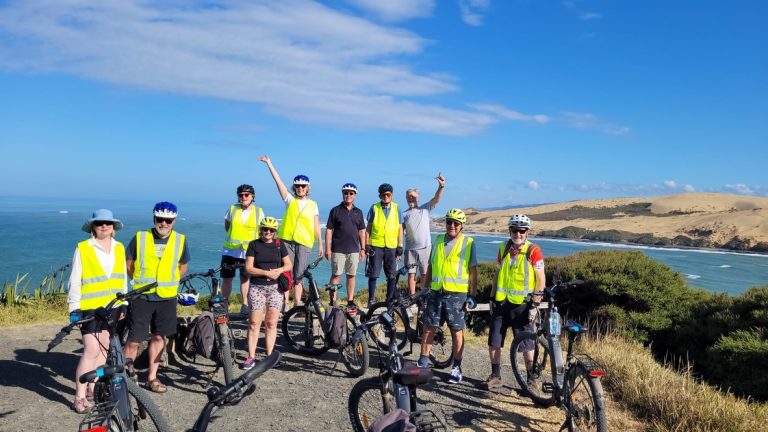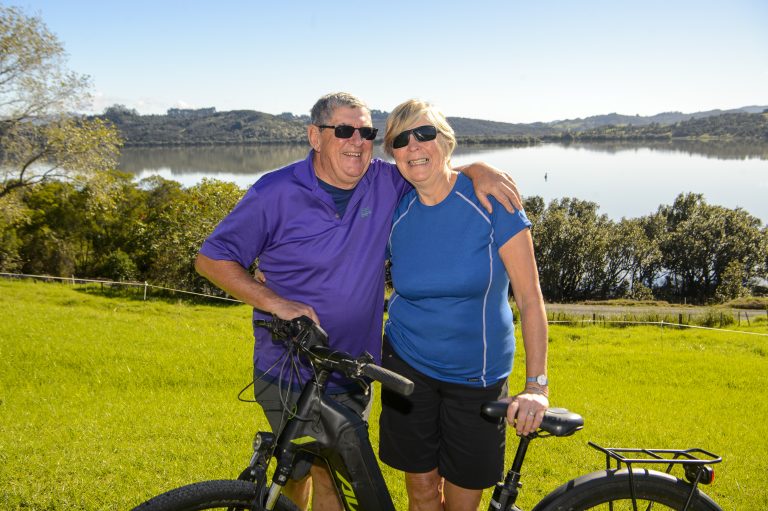Starting on the West Coast for a change, making our way across to Cape Brett on the East Coast. We only cover a small area, but here are 10 of the top attractions that all have their own story to tell.
1. Arai Te Uru
This headland offers spectacular views of the Tasman Sea and the giant sand dunes on the opposite side of the Hokianga Harbour entrance, more importantly there is a lot more to this spot than meets the eye.
In 1838 John Martin bought the headland and constructed a signaling mast on the point to guide ships over the treacherous Hokianga sandbar. His white painted house on a nearby hill acted as a navigation marker.
However the real significance of this spot comes from Māori mythology. From Te Arai Te Uru (South Head) you stand looking across to Niua (North head).
Rōpata the Northland Experiences Tour guide does an incredible job of explaining this, and has done so for many cyclists on the tours, journalists visiting and for TV shows. As always it is a captivating and emotional journey with Rōpata as you stand by his side on Arai Te Uru.
Kupe arrived here 1000 years ago, but he felt a great yearning to travel back to Hawaiki to bring his people back here. He put 2 kaitiaki (guardians) in place to protect the harbour and land. These kaitiaki were 2 giant taniwha, and to the North you look across and see Niua who is lying on her side. Furthermore Rōpata will tell you that where you are standing is in fact on the back of the male equivalent – Arai te Uru. However as it turned out it was not Kupe who returned but Nukutawhiti his grandson.
After Rōpata tells these stories in detail, he sings a moving waiata and closes with a karakia. It would be fair to say, many a person standing with him on Arai Te Uru has shed a tear as they feel the deep spiritual connection to the physical world and the culture.
For those of you who were not aware of the role of the taniwha – it was their job to lash out with their powerful tails and stir the waters into such frenzy that invading waka would be swamped and rendered helpless in the sea.
Stories like these told by local guides are undoubtably a highlight on our cycle tours.
In fact we are lucky enough that in recent years the award winning attraction, “Manea Footprints of Kupe” has been developed on the waterfront in Opononi, to tell the story of Kupe and his ancestors.
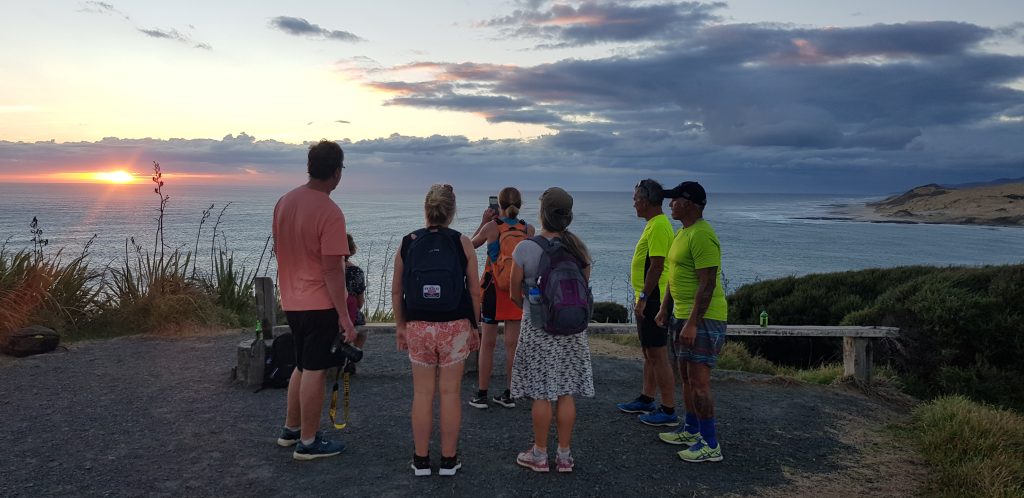
2. Manea Footprints of Kupe
Manea offers a unique cultural encounter, journeying into Te Ao Māori (the Māori world).
A 75-minute multisensory journey of guided storytelling through art, taonga (cultural treasures), film, performance, digital interaction, and the splendour of Hokianga’s natural surroundings.
The descendants of Kupe welcome you, as do the spirits of their ancestors. Walk with them in the footprints of their ancestor – Kupe the intrepid, Kupe the voyager, Kupe the discoverer.
Finally we enjoy the comments from the clients on our cycle tours as they discuss the experience later – “an amazing, asset to NZ”, “an eye opener”, “right up there with Te Papa”, “absolutely spellbinding”. People just don’t expect this from something located in a village on the west coast in the Far North.

3. Clendon House
Located in Rawene this colonial home built in the 1860s, tells the story of Captain James Reddy Clendon and his wife Jane Takotowi Clendon, both remarkable people for very different reasons. The small village of Rawene itself is a delight to visit with cafes and art galleries.
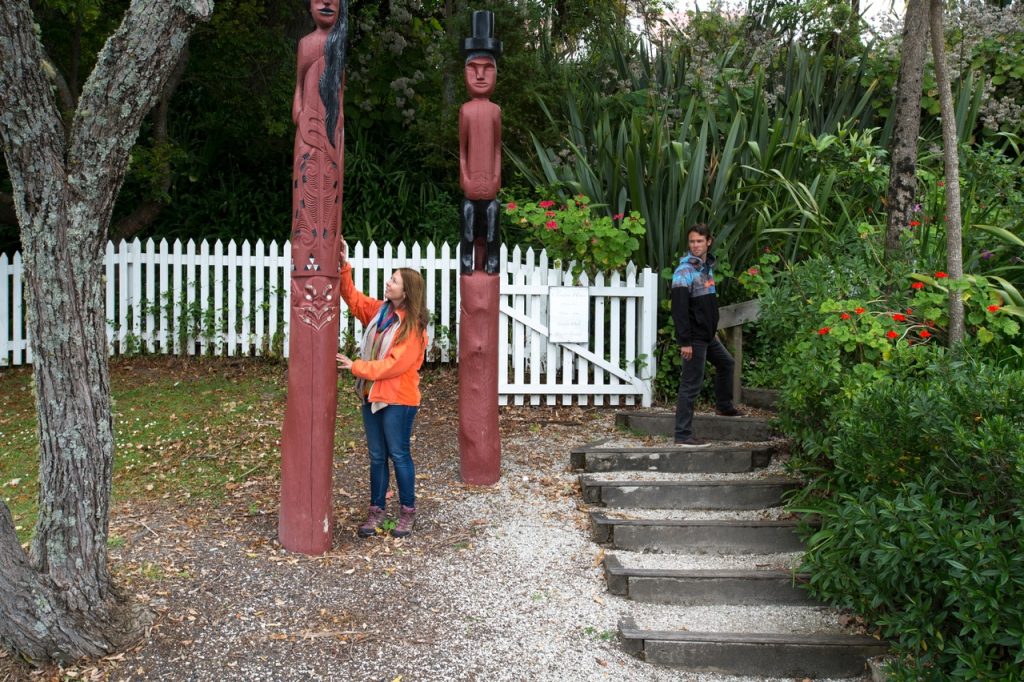
4. Māngungu Mission
Established as a Wesleyan mission station, Māngungu was the scene of the largest signing of Te Tiriti o Waitangi. On 12 Feb 1840 around 3,000 people attended and over 70 local chiefs added their signatures to the founding document. Interestingly this was more than twice the number of rangatira (chiefs) who signed at Waitangi.
Later that year, the house became the home of Reverend John Hobbs and his family. When they moved 15 years later, so did the house. Consequently it was shifted to Onehunga in Auckland where it was used as a Methodist parsonage until it was sold to private owners. Eventually the mission house was transported back to Māngungu in the 1970s.
Furthermore, Māngungu’s other claim to fame is that it’s the likely spot where the honey bee, Apis mellifera, was first introduced to New Zealand from Europe.
This is a real treat at the end of the Pou Herenga Twin Coast Cycle Trail, with its beautiful surroundings and spectacular views.

5. Te Waimate Mission
New Zealand’s first European farm, Te Waimate Mission was established as a model village in 1830. Te Waimate is a spacious and peaceful site and a place where you can experience a slice of New Zealand’s rural history, and you can even meet some heritage Pitt Island sheep!
Visit the nearby church and cemetery, moving reminders of all those who fell in the tumultuous Northern Wars.
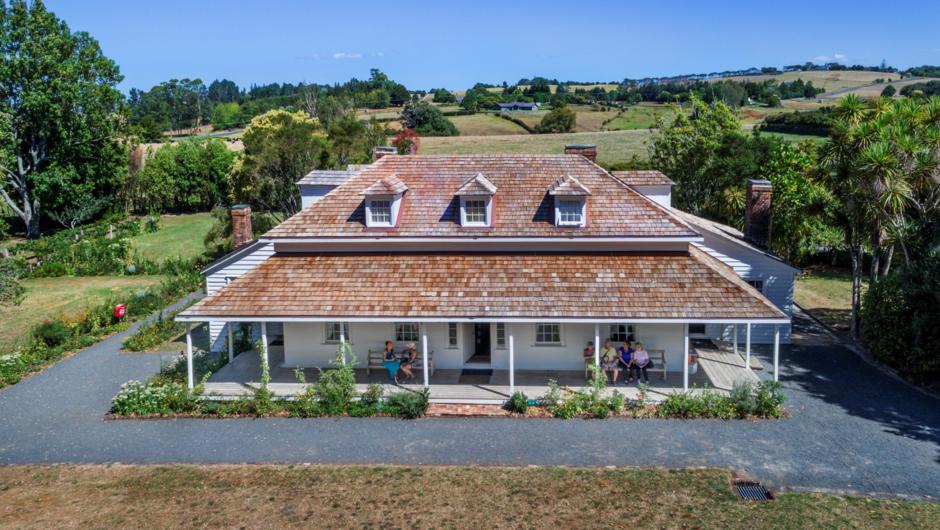
6. Kororipo Heritage Park
Located in Kerikeri this is where Māori and Europeans lived side by side and where some of the most important early meetings between our two cultures took place.
Explore Kororipo Pā, once the seasonal home of famed and feared Chief Hongi Hika. A short track leads to a fortified lookout and stunning view over the Kerikeri Basin.
Take a guided or self-guided tour and stroll along the tree-lined paths at Te Ahurea, and experience pre-European life at this interactive pā site set along the banks of Te Awa o Ngā Rangatira, the River of Chiefs. Here you can also learn more about Māori native plants and traditional medicines in the Discoverers’ Gardens.
Explore Kemp House, New Zealand’s oldest standing building. Constructed in 1822, Kemp House is a large European home built by highly skilled Māori and missionary carpenters. It is surrounded by heritage gardens and orchards including New Zealand’s oldest pear tree
Shop for gifts in the Stone Store, the oldest stone building and trading store in New Zealand and last but not least have a break at the Honey House Cafe.
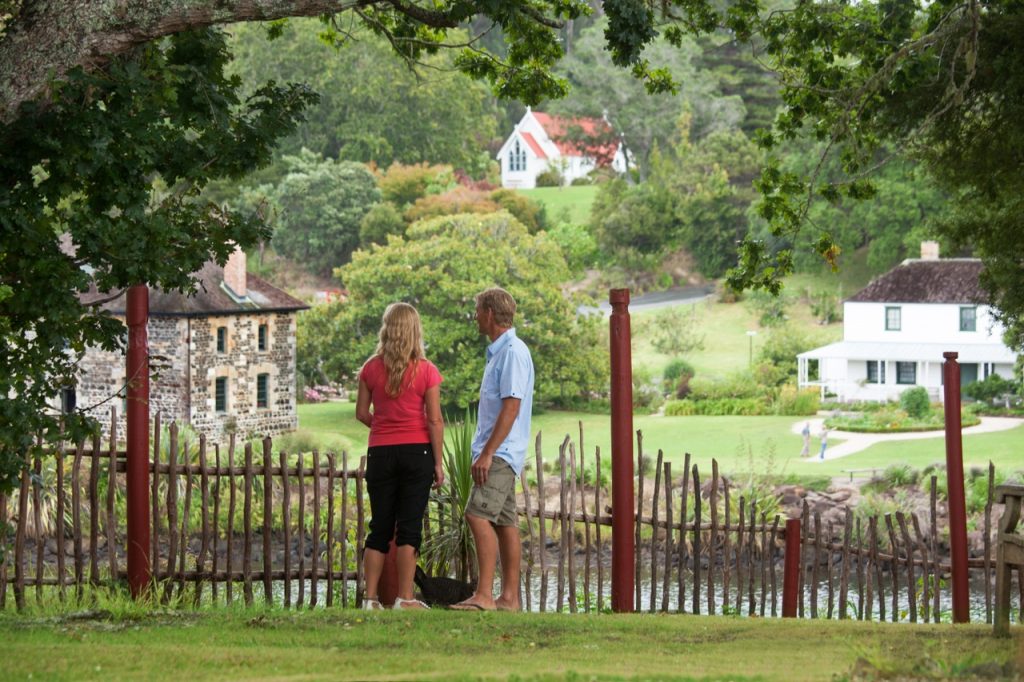
7. Waitangi Treaty Grounds
An important piece of NZ’s history and the birthplace of our nation. Here marks our start as a bi-cultural nation, and is where Te Tiriti o Waitangi was signed by Māori chiefs and the British Crown on 6 February 1840.
Visit Te Whare Rūnanga (the House of Assembly), which features beautiful and intricate carving, inside and out.
Walk by the waka house and touch the world’s largest war canoe, known as Ngātokimatawhaorua. This impressive waka requires a crew of 76 to sail it.
Explore two new contemporary museums. Te Kōngahu Museum of Waitangi weaves together the stories and taonga (cultural treasures) which bring to life the history of Waitangi and Aotearoa New Zealand’s founding documents. Te Rau Aroha honours Māori who fought in conflicts in New Zealand and overseas.
Entry includes a tour and cultural performance.

8. Pompallier Mission and Printery
New Zealand’s only surviving pioneer printery and tannery, Pompallier Mission time-capsules the impact of Bishop Pompallier and his missionaries in introducing Catholicism by producing written works in Te Reo Māori.
Treat yourself to a pastry in the French coffee shop at Pompallier.
Situated right on the waterfront, Pompallier Mission and Printery is a five minute walk from the wharf at Kororāreka (Russell).
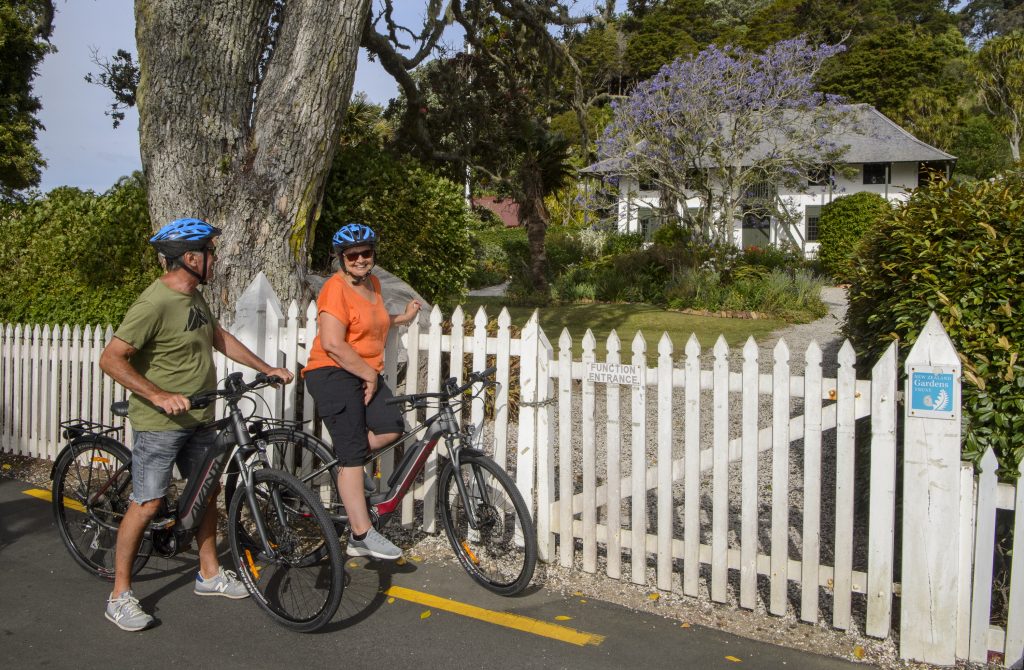
9. Rangihoua Heritage Park
The site of New Zealand’s first planned European settlement, a place where Māori and Europeans learned to live side by side.
Enjoy stunning views of the Bay of Islands and the Rangihoua Pā site before heading along the track that leads to the beach. The interactive panel boards help you gain an understanding of the joys and hardships of the people who lived here.
The Marsden Cross memorial marks Aotearoa’s very first Christmas Day service.
Allow at least two hours to explore the highlights of Rangihoua Heritage Park. Swim, walk, picnic and keep an eye out for New Zealand’s oldest lemon trees – they still bear plenty of fruit.
On the Northland Experiences Walking Tour – you get to spend a day over here visiting the park, then taking time to walk the tracks of The Landing Vineyard before stopping for wine tasting and a meal.
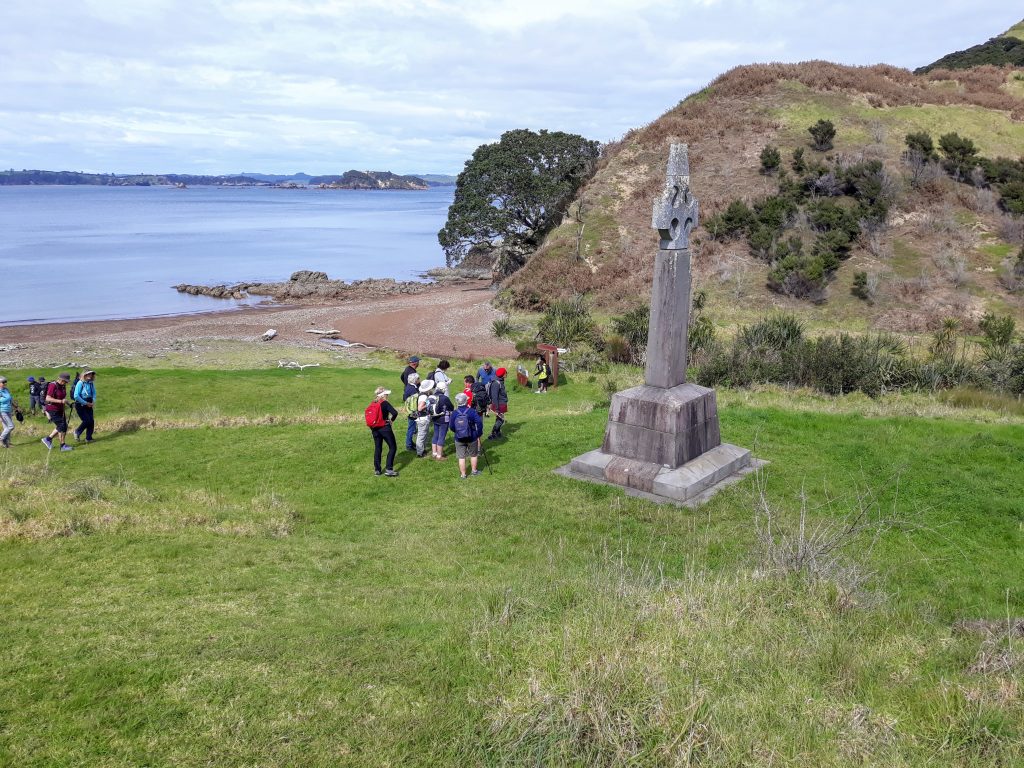
10. Rākaumangamanga – Cape Brett
A place of outstanding beauty, Rākaumangamanga – Cape Brett has long been a welcoming point of arrival, from early waka to the first seaplanes. Rākaumangamanga was the landing point of the first seven waka that travelled from Hawaiki to Aotearoa, whose occupants followed the beaconing lights of the peninsula’s crystalline rocks. The seven distinctive peaks that mark Cape Brett’s spine represent those first seven waka, and remains an area of spiritual and traditional importance to Te Tai Tokerau Māori.
Located high above the famous Hole-in-the-Rock Island, access to Rākaumangamanga is by hike (8 hours). Boat or water taxi from Paihia (35 mins). Or a combination of a boat and walking via Deep Water Cove. There is a DOC hut out there which was where the lighthouse keeper and his family stayed. Travelling out on a Hole in the Rock cruise you will travel through the Bay of Islands with views of this outstanding peninsula to your right.
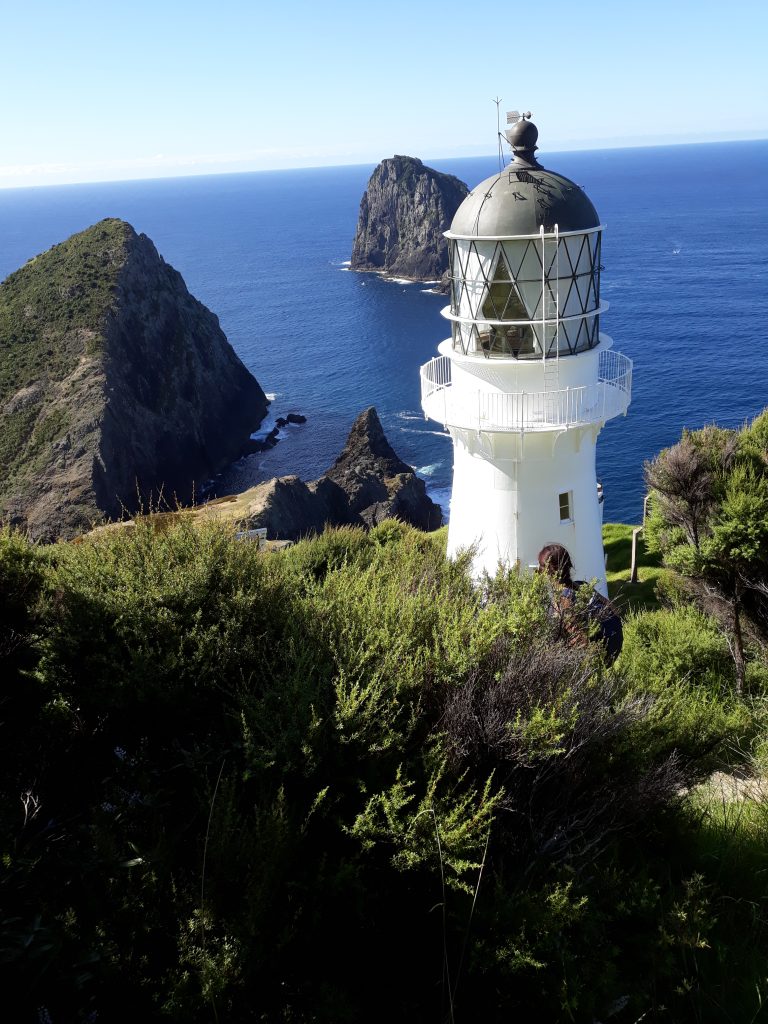
Each attraction has its own unique story which gives you an insight into the history and culture in Te Tai Tokerau (Northland).
Please note: Some attractions are free, and some have a fee to enter.
The Team at Northland Experiences


